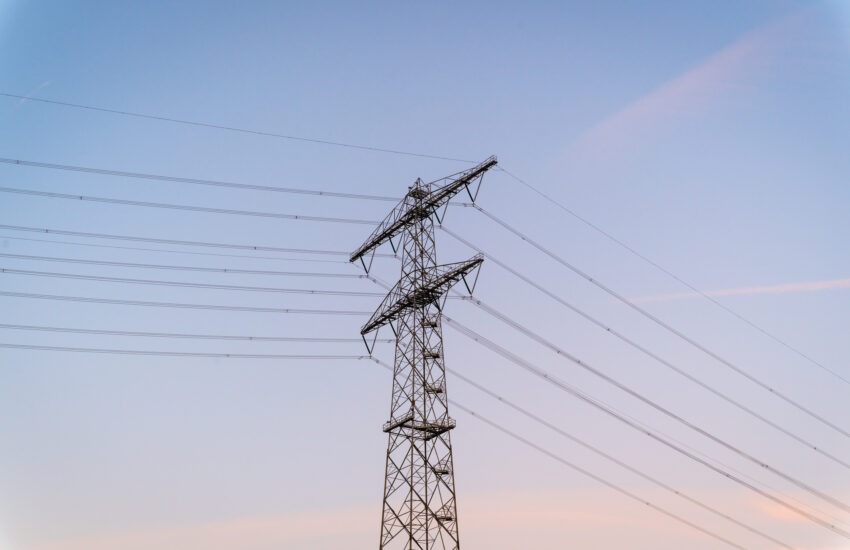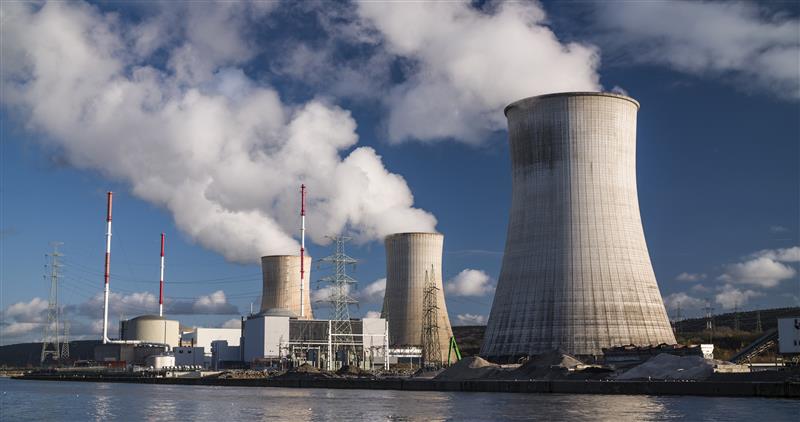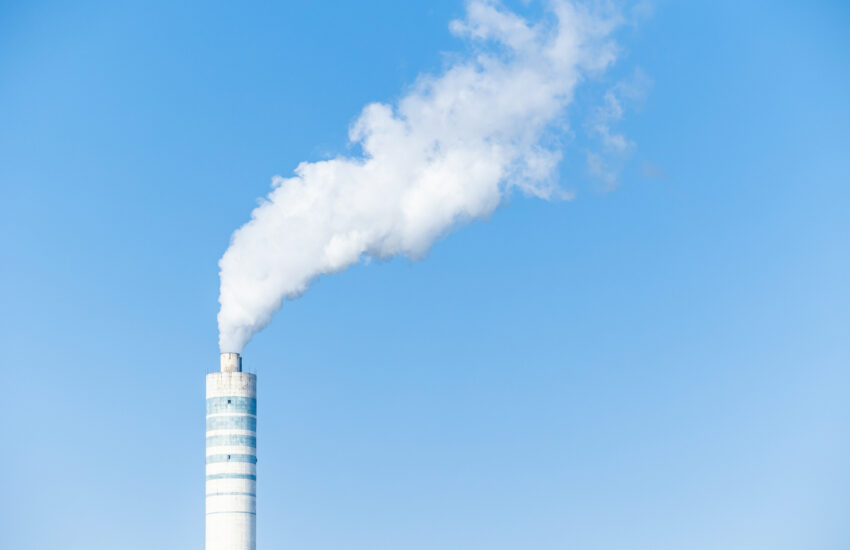Despite boasting the largest population in the United States and being one of the most sought-after places to the live on earth, over the last couple of decades New York City has increasingly struggled with a shortage of housing. Restrictive zoning regulations and New Yorkers leery of the prospect of skyscrapers popping up in their outer-borough neighborhoods are primary culprits that have stunted the Big Apple’s growth. Therefore, Mayor Eric Adams’s prioritization of pushing land use and passing zoning reforms to address the costly housing …
Continue Reading









